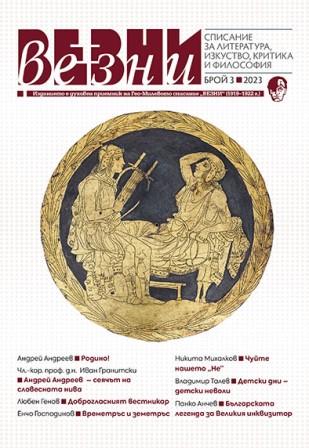
We kindly inform you that, as long as the subject affiliation of our 300.000+ articles is in progress, you might get unsufficient or no results on your third level or second level search. In this case, please broaden your search criteria.



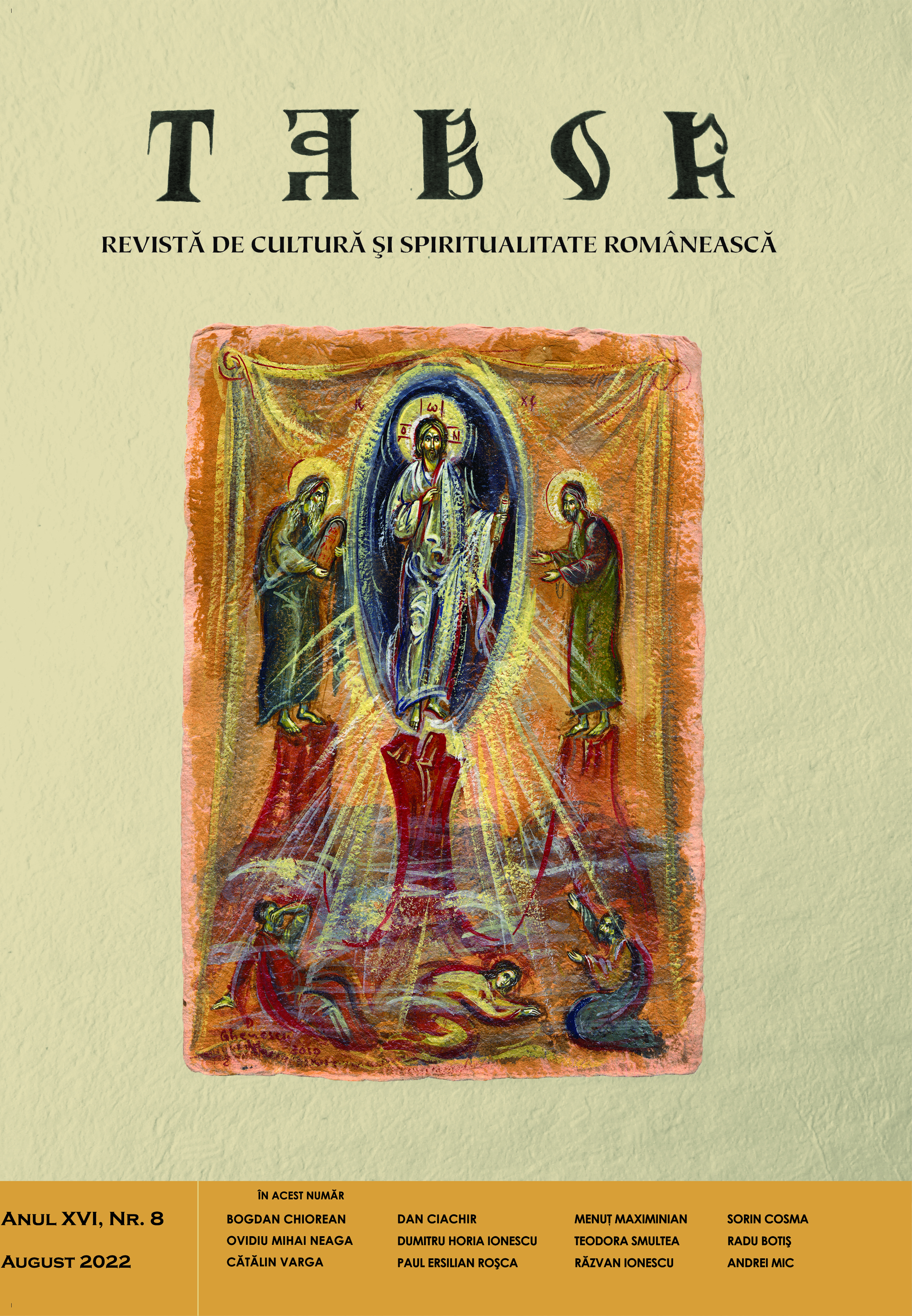
The present text is a chronicle of the volume De l’homme extérieur à l’homme intérieur : l’anthropologie spirituelle de saint Jean Cassien, signed by deacon Florin Petre. Deacon Florin Petre belongs to a new generation of theologians who dare to be modern precisely through the tireless search for an ideal relationship between tradition, experience and knowledge. At Florin Petre, the deep and successful study of theology is ennobled by the lucid and pious gesture of searching for the Truth with the support of unceasing prayer. His work, dedicated to Saint John Cassian, is the logical continuation of an exceptional doctoral thesis, presented with great success at the Faculty of Theology in Strasbourg. Father Florin Petre describes Saint John Cassian as a founder of monaster- ies but also as a spiritual builder, a theoretician of prayer, but also an ascetic in the purest sense of the term.
More...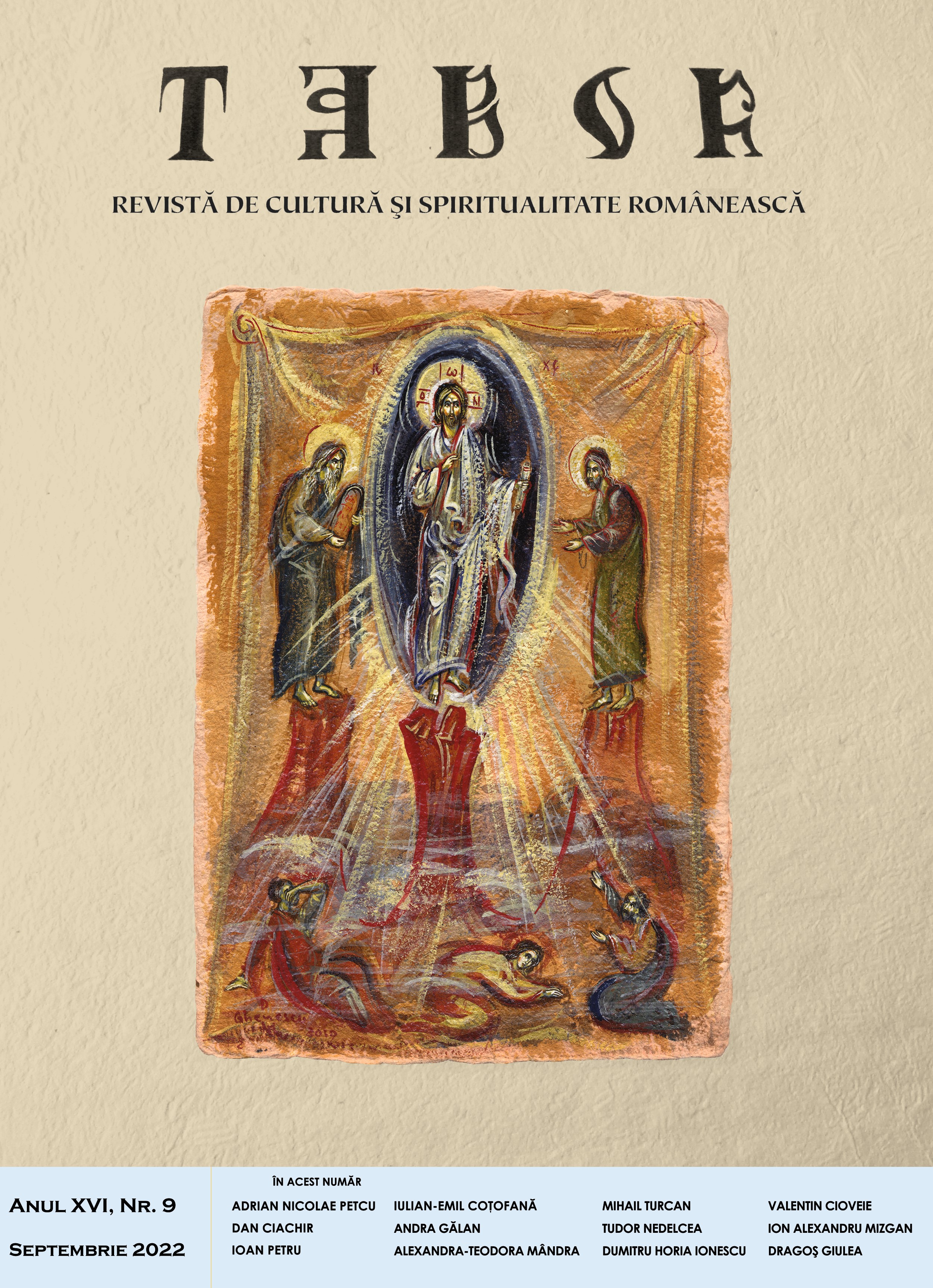
The article aims to emphasize how Marin Preda’s novels are related to the political novel. In this regard, we try to uncover, through some discourses, how criticism and literary history viewed this aspect regarding the possibility of approaching truth and ideas within the communist regime. Then, we try to check how in some respects Preda’s novels can be of interest beyond the period of their publication. Analysing other examples, we try to show how there still is a preoccupation with the writer’s biography that mediates the relationship with his works. The conclusions are that the reception of Preda’s literature depends on the background discourse and that both the latter and the literature itself contain a potential that contributes to the understanding of the world after 1989.
More...
The present work analyzes the relationship between subversion and dissent within the novel The Most Beloved of the Earthlings, insisting on the strategies through which the attacks on the regime were camouflaged. Despite the fact that the text represents a harsh document of the totalitarian period, in which art was under the control of the Security and presents a faulty political mechanism, in which values are overturned, it was able to pass censorship through the appeal to obliqueness, allusion and mask. The narrative techniques, the fictional mandate, the indirect criticism, the background noise and various tricks that Marin Preda uses to disguise the attacks individualize the novel and turn it into the most important piece of writing of the “obsessive decade”.
More...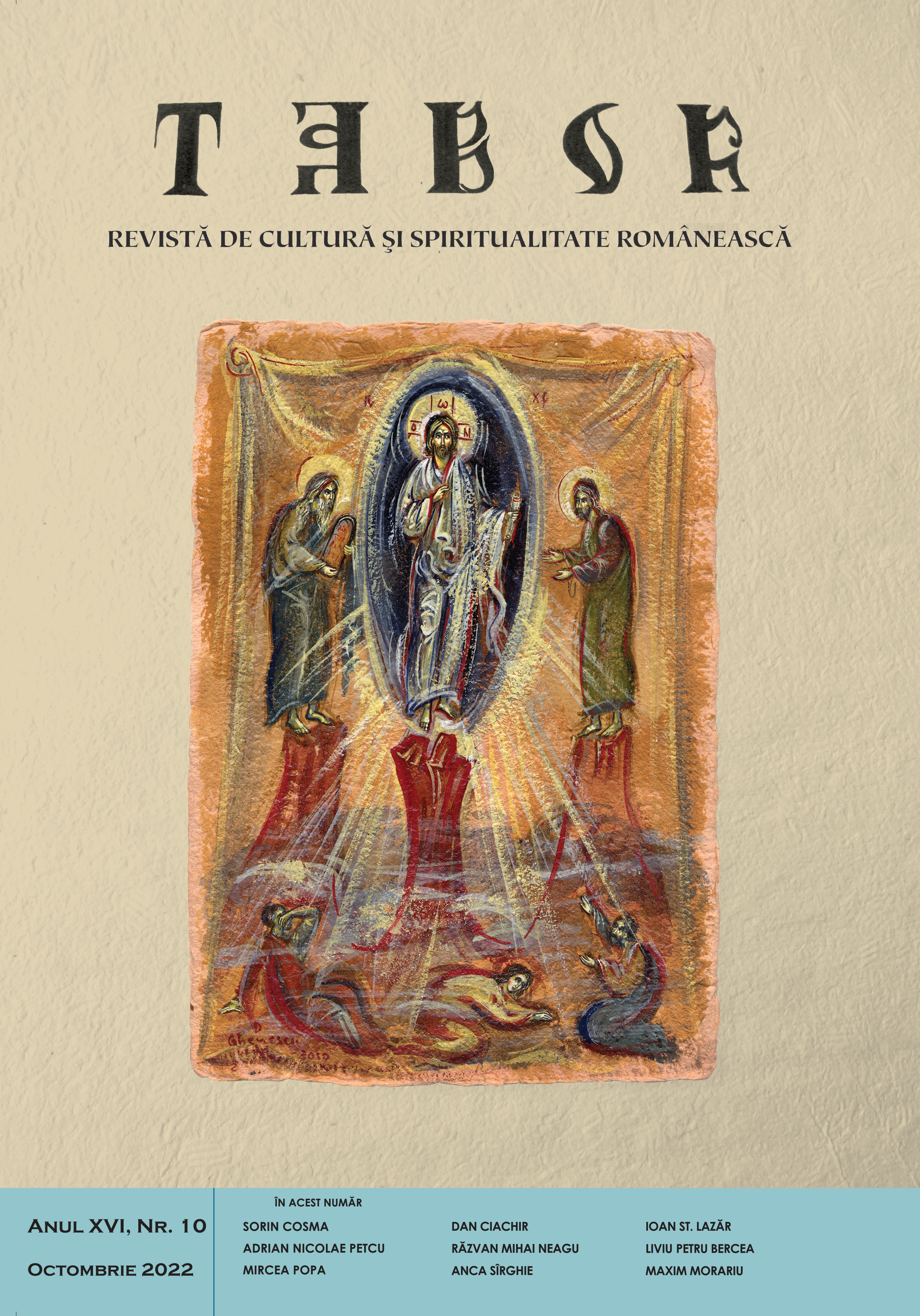
The subject of our study, the priest Alexandru Vidrighinescu, is a clerical figure less known to specialists in church history. For this reason, the present material can be considered as an attempt to recover the memory of a Romanian orthodox priest from Transylvania. After his years of theological studies at the Şaguna Seminary in Sibiu, Alexandru Vidrighinescu was functioning as priest in Ocna Sibiului. Through his intellectual and human qualities, he stood out in the local Romanian community as one of the most representative figures. A true patriot, he soon got involved in the national movement of the Romanians from Transylvania and contributed to the Great Union from December 1st, 1918. He took part, in his official capacity, at the great event from Alba Iulia. During the interwar period, priest Vidrighinescu got involved in the political life of Greater Romania, being a member of the Romanian National Party. Later, he became a military priest in Bârlad and Râmnicu Vâlcea, reaching the rank of major. Unfortunately, many aspects of his life and activity remain unknown at the current stage of research.
More...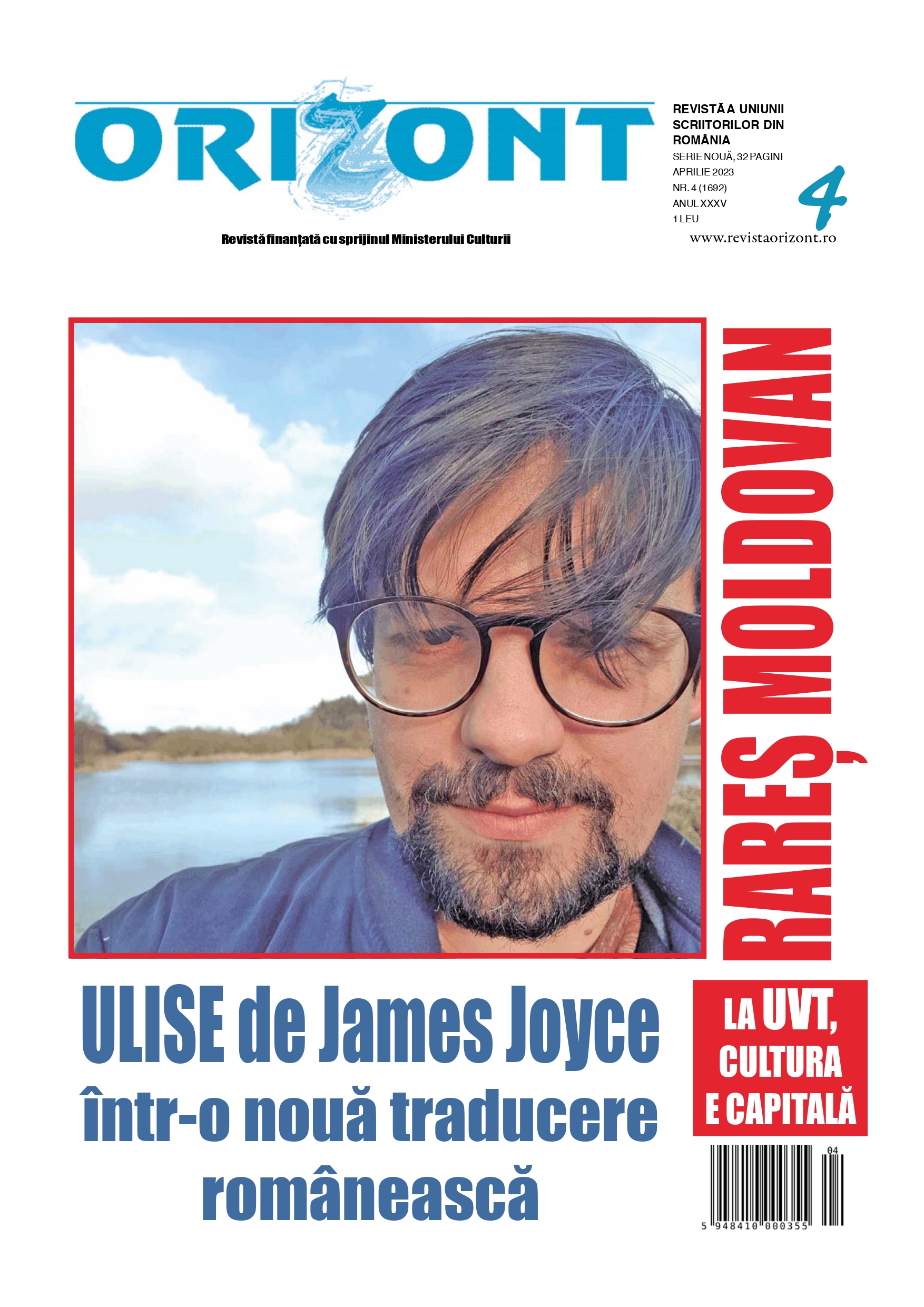
Essay by "It is Bird, However!" by Mădălin Bunoiu. Essay "Retro-spects" by Vladimir Tismăneanu
More...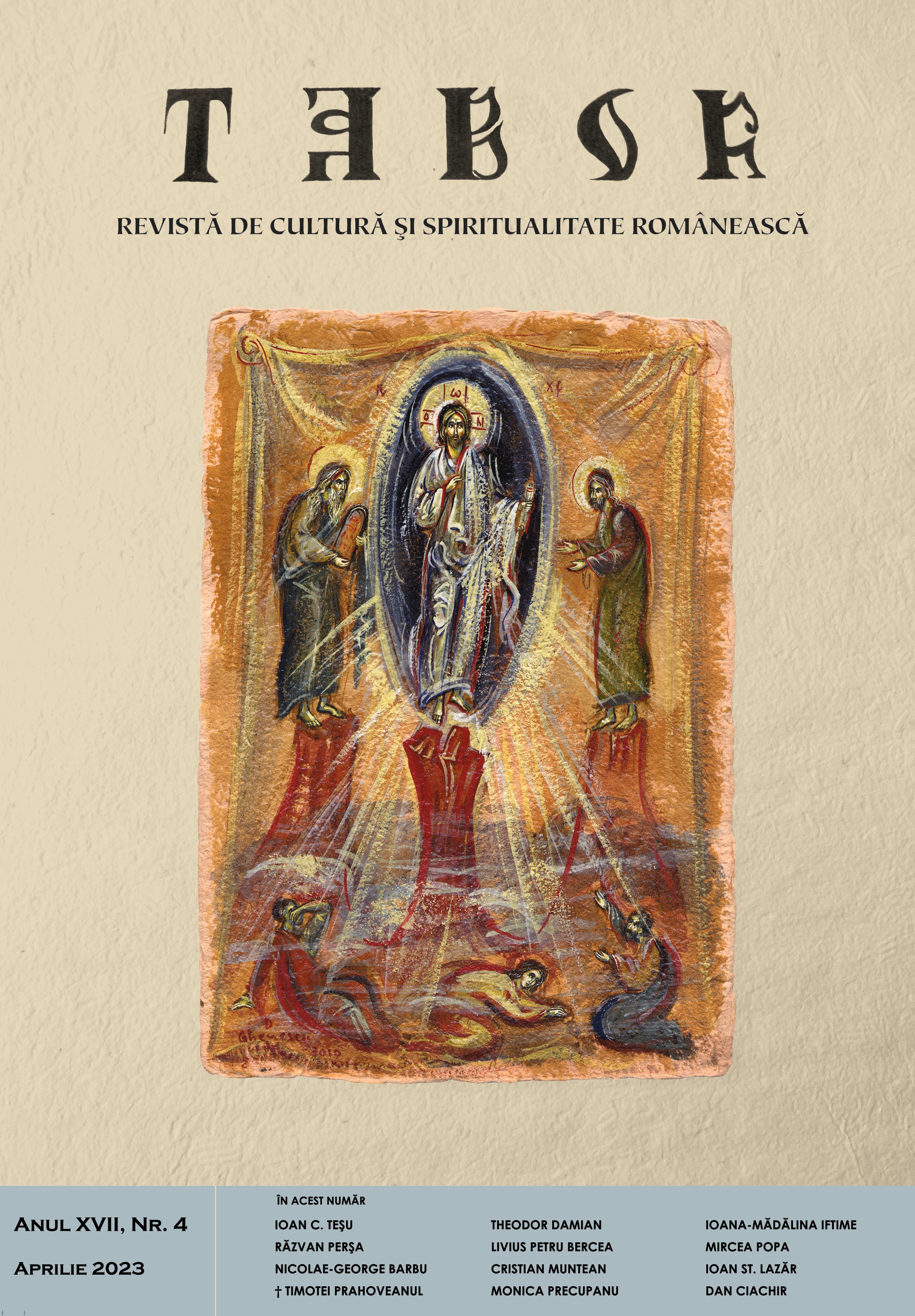
N. Steinhardt was a constant supporter of courage as an essential character trait and in many of his works – journalism, literary criticism, memoirs, interviews and religious sermons – he demonstrated a clear propensity for this human quality. Courage was a leitmotif of Steinhardt’s creations, an aspect that becomes evident through his works in which he advocated for the courage to act, to express one’s opinion, to take a stand against injustice, to persevere, to be loyal and not to betray, to pave new paths. However, the essence of this preoccupation culminates with the detailed analysis of courage from a religious perspective in the sermons given by N. Steinhardt during his monastic life at the “St. Ana” Monastery in Rohia. In the book “ Dăruind vei dobândi. Cuvinte de credinţă,” the theme of courage is extracted with surgical precision from various pericopes or biblical fragments, an aspect that sheds light on N. Steinhardt’s hermeneutic qualities. The fact that he “practiced” courage, not just verbalized it, is revealed by the years spent in prison in the name of friendship and devotion to C. Noica and the other members of the Noica-Pillat group, by his subversive writings during the communist years, and by the testimonies of his friends and those who knew him.The work “ Dăruind vei dobândi “ is one of the few theological works that gives special attention to this Christian virtue – courage – and represents an existential guidebook based on Christian precepts and models. The call to courage is outlined both scripturally and theoretically, through all selected verses and examples from the Gospels, as well as practically, by assuming, during the sermons given at the Rohia Monastery, the courage of expressing his opinion, urging vigilance, critical thinking and resistance against all types of abuse. He always emphasized the idea of freedom, dignity, and the common good, despite the fact that assuming these values was a real rebellious attitude during the communist years.
More...
This essay and review article provides a panorama of phenomena and themes related to the fundamental difference of interests and the permanent conflict stemming from the schism and crisis in values that occurs between he changes in the field of broadcasting technology and technological revolutions and the memory of cinematography and film culture.
More...
The article aims to analyze the educational dynamics of activists and the film production system of the Open Cages Association (SOK). It is an organization that fights for the rights of ‘farm animals’ through campaign videos published on the internet. In video-activist film productions and through educating volunteers and authors of audiovisual materials, SOK is aims at the effectiveness and optimization of time and costs of work. For this reason, it uses non-formal and informal forms of education. This organizational approach resembles that of a corporate strategy and strengthens social inequalities (non-formal and informal education is not available to everyone). This is in contradiction with the postulate of SOK – equality of all animals. Nevertheless, the activities of the organization are recalibrated. SOK subordinates them to the primacy of effectiveness in acting for the benefit of non-human living beings. I reconstruct the experiences of activist-filmmakers on the basis of in-depth interviews I have carried out with members of the organization.
More...
This article looks at the state/forest relationship and how and when the state creates discourses about the forest to serve its current objectives and policies. It is a case study of the Polish state and its approach to forest restoration practices. Looking at past actions since 1918 through which the Polish state has restored the forest, the text traces the discursive practices of forest nationalisation. Combining historical perspectives with contemporary discussions of forest restoration within the European Union and global institutions, the text offers an analysis of the power relations inscribed and embodied in nature management activities. The text touches upon a broader reflection on nature management and the power relations inscribed and embodied within it and examines how “the environment” and environmental issues have been constructed as domains requiring state regulation and protection. Focusing on planting rather than deforestation, the article describes the use of environmental governance policy tools to maintain power over discursive and material actions in relation to the landscape by states and/or international institutions. This article is framed within environmental politics, combined with environmental history and anthropology.
More...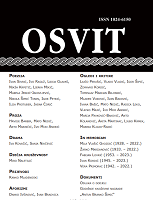
On the occasion of the tenth anniversary of the death of Nikola Martić Under the melody of ringing words, a quilling pen stuck in difficult and unpleasant times, stuck in miomirs; in the sounds of spring, summer, autumn, winter... it got stuck and entangled in the south, in the Mediterranean - the origin of civilization, while the words are being spelled, they slip away from us, they slip out of too much love: from poetic rapture, they wave, they become wild: chains climb and fall - and spirits before the inner freedom brought and spelled by the word, limited by nothing: inner freedom - he sings. In Miljković's words, as the slaves used to sing about her and pursue her until she disappeared. The fairy tale roars, vigours and plays its game, not thinking about the strict form - not even thinking about what is said; releasing and letting out words to sail the sea, land and sky. The fire is burning - internal and external!
More...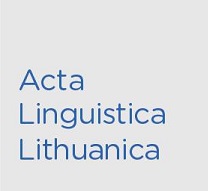
This will help to solve the eZero b'il sas rental problem: vns. in. One and the same person can be pronounced twice - b'ilsw and b'ilsu. in 2002 checked (cf. Savukynas 1966: 175-176; Baléikonis 1967: 130). This kind of steering depends on the speaker's desire to emphasize vns. jnagininka (heard- You even say prig'ére. b'i.ls1, although he said vns. noun. bilsas).
More...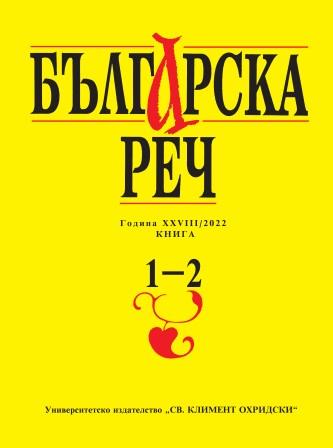
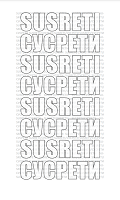
Питање је, да ли ико може са сигурношћу да објасни, када су и због чега настале бајке. Свако објашњење, на овај или онај начин, упада у непосредну зависност од тога, како ће се у основи интерпретирати функционална природа бајки и главна њихова намена. А то је, ипак, изванредно универзални и изузетно развијени жанр усменог словесног стваралаштва свих народа света, независно од нивоа културе писмености.
More...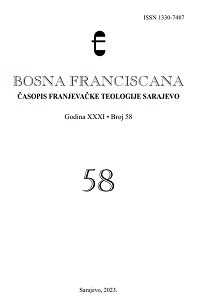
Urednik đakovačkog glasila „Hrvatskih pučkih novina“, odvjetnik Ivan Ribar, poduzeo je u lipnju 1912. s dvojicom prijatelja, židovskim veletrgovcem Danom Reichsmannom i poznatim đakovačkim bankarom Matom Ašpergerom, kraće putovanje u Bosnu. U sedam nastavaka prikazao je čitateljima bosanski ambijent, gospodarske prilike, povremene putne nevolje, prenio više različitih političkih opservacija i svoju zadivljenost prirodnim ljepotama. Nekim pojavama u Bosni se čudio, drugima je odavao priznanje i bio propisno impresioniran. Njegov neveliki putopis namijenjen je čitateljima lista, ali dijeli neke slične karakteristike s putopisima koji su već desetljećima približavali bosanskohercegovački krajolik zainteresiranim čitateljima.
More...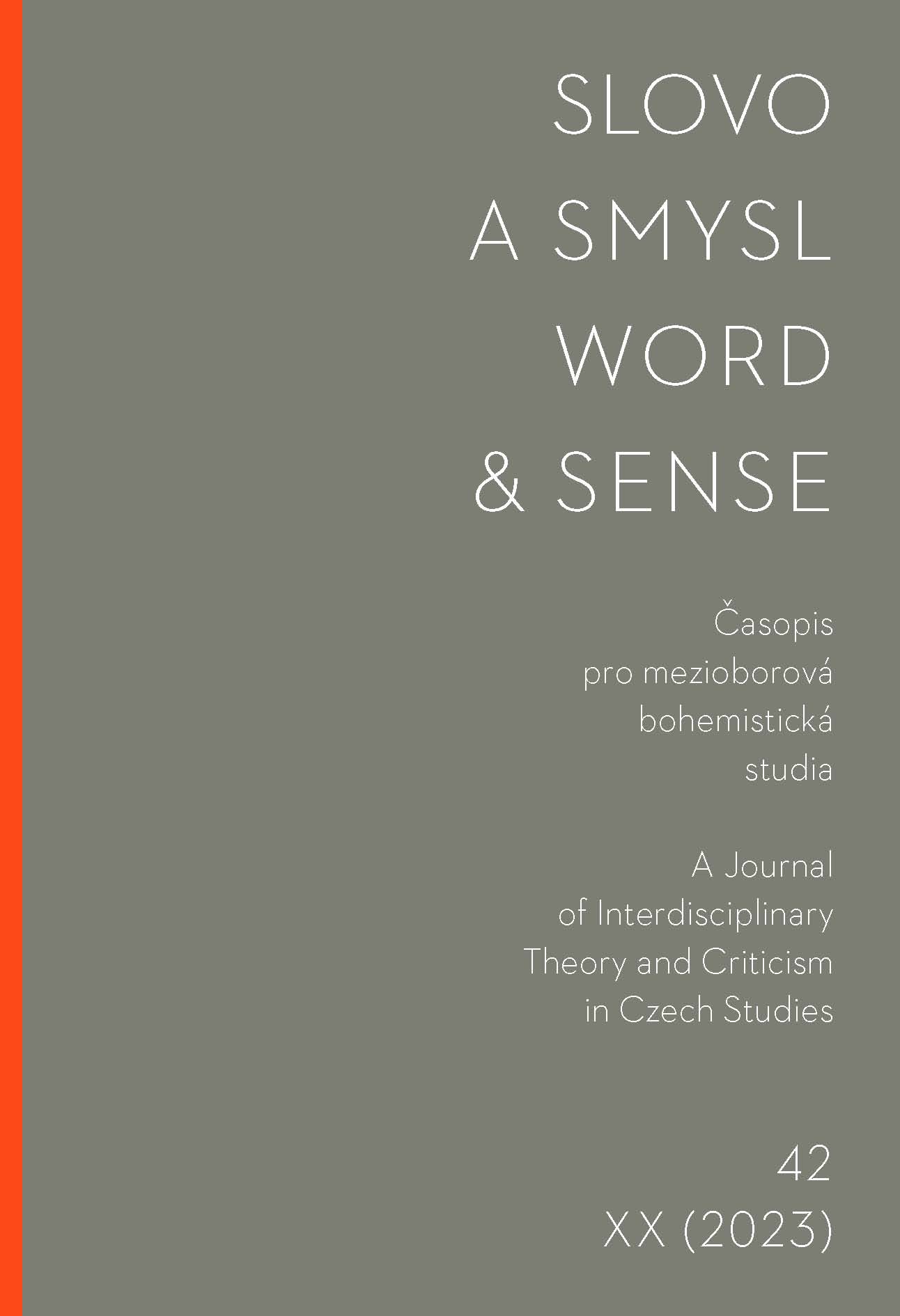
Teze o „pádu“ či krizi zkušenosti v éře moderny — poprvé zformulovaná pravděpodobně Walterem Benjaminem (1979), a poté opakovaně potvrzovaná, mj. Theodorem W. Adornem, Hannah Arendtovou, Giorgiem Agambenem — nepochybně výstižně poukazuje na klesající význam a marginalizaci tradičního pojetí zkušenosti pro moderní dobu a modernisticko-avantgardní literaturu a umění. Je však třeba si uvědomit, že se tato teze nevztahuje (omezíme-li se zde na oblast literatury) k četným a rozmanitým tradicionalistickým variantám praktikování literatury ani k dynamicky se rozvíjející populární (masové) literatuře, a stejně tak — což bude předmětem následujících úvah — k jiným (zejména novým) formám zkušeností, jejichž uskutečnitelnost a potřeba artikulace na sebe soustředily pozornost a kreativitu nejvýznamnějších autorů moderní literatury. Pokud se však v prvních dvou zmíněných případech (tj. tradicionalismus a populární literatura) dříve vypracované způsoby artikulace (tradičně pojaté) zkušenosti staly součástí repertoáru ustálených literárních konvencí a atributem stereotypně chápané fikcionality, ve třetím případě se ocitáme ve zcela nové situaci. Rozmanitost nových, zprvu „bezejmenných“ zkušeností znepokojujících svou jinakostí vedla nejen k pokusům o jejich absorpci, uchopení a vyjádření literaturou, ale zapříčinila též změnu pozice samotné zkušenosti (na ose jazyk umění — realita) a v důsledku toho vyvolala proměnu literatury (v každém případě jejího moderního pojetí a rozvíjení).
More...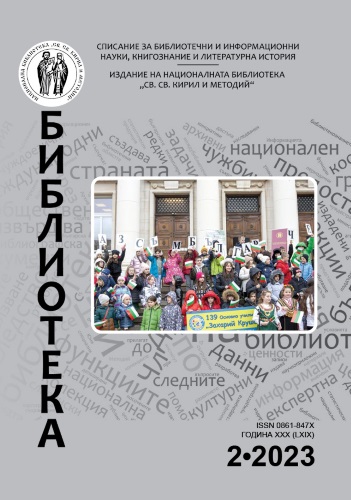
The article examines and resolves many of the problems that appear in the anonymous Catalan Historia de Jacob Xalabín and determines its genre and structure. The article also pinpoints the place of the anonymous Catalan story in the overall flow of information about the battle of Kosovo. The article also establishes the sources on which the narrative is based, the reasons for some of the inconsistencies in the work itself, the time of its creation and its value as a historical source.
More...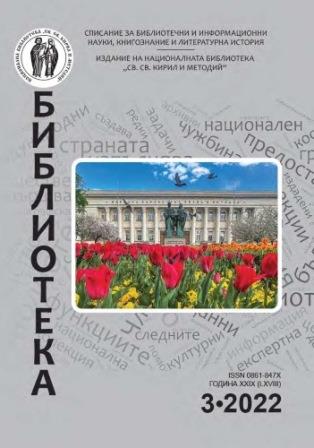
Two recently established transcripts of an interesting work in the Ottoman Turkish language, preserved in the manuscript collection of the Oriental Collections Department of the „St. St. Cyril and Methodius“ National Library are presented. It is known under the titles Hâce-i Cihân ve Netîce-i Cân, Menâkıb-ı Hâce-i Cihân, Kitâb Tévâ ‘if‘Aşere and Tevâ‘if-i‘ Aşere and contains authentic information about various mystical dervish groups and the various forms of mysticism in the Ottoman state in the 16th century. In some of the titles (Kitâb Tévâ ‘if‘Aşere) they are defined as „groups of extreme beliefs“. One of the transcripts was owned by Osman Pazvantoglu‘s mother, Rukiye Khatun, and probably by Pazvantoglu himself, and entered the Vidin library, respectively. Copies of the work are still stored in Istanbul, Ankara, Bursa, London, Paris, Munich, Turin, Uppsala, Leiden.
More...